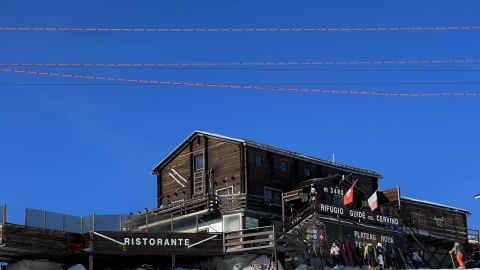A May incident involving a crocodile highlighted the dangers posed by some of Australia’s most unusual natural attractions. Nine tourists were treated for serious injuries after a tour boat crashed at what David Attenborough has previously described as “one of the great natural wonders of the world” in Western Australia – the Transverse Falls.

Horizontal Falls in Australia
Horizontal Falls, also known as the strange horizontal falls, is a natural phenomenon that involves fierce tidal water flowing into a narrow gap in the cliff, creating a waterfall up to 5 meters high. High-powered tour boats pierce the gap to give visitors a close-up view. But in a recent disaster, a boat carrying 28 tourists and crew crashed into the cliff. Horizontal Falls is one of dozens of remarkable natural attractions in Australia that pose a risk to tourists.
Here are Australia's five most dangerous attractions as recently reviewed:
Esperance Beach, Western Australia
Long stretches of powdery white sand surrounded by turquoise waters and frequented by kangaroos, Esperance's beaches are perhaps the most spectacular in all of Australia.
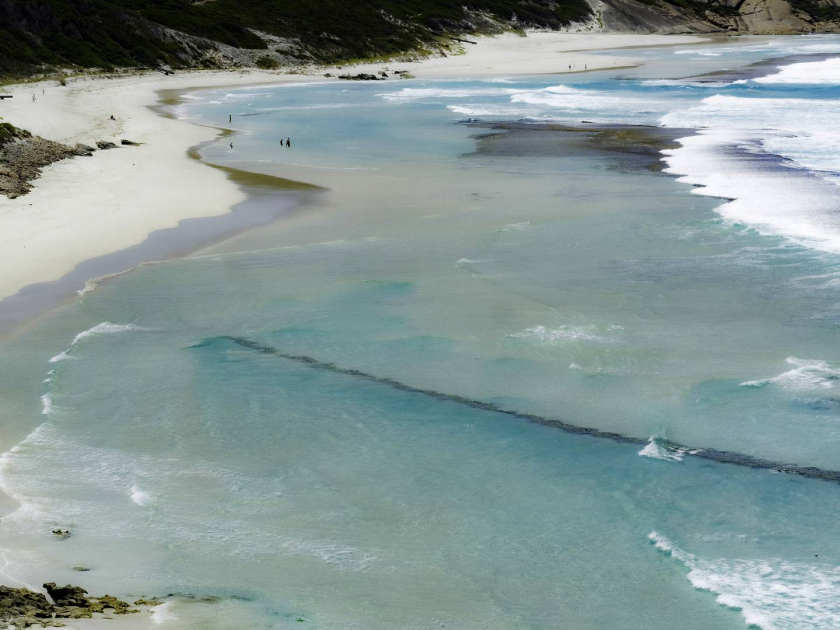
Tidal waves come in and out on West Beach in Esperance. Photo: Getty
One downside to the coastline around Esperance, however, is the staggering number of sharks. Australia is world-famous for its sharks, especially the great white, which can grow up to 6 metres long and weigh 2,000 kilograms. The country averages more than 20 shark attacks a year.
Nowhere in Australia has a darker history with sharks than the small town of Esperance. In the past five years alone, three people have died in separate shark attacks near Esperance, and many more have been injured. Some were attacked while surfing, others while diving or swimming.
Blue Mountains, New South Wales
With its pristine landscape of valleys and forest-covered peaks, Blue Mountains National Park is a magnet for tourists visiting Sydney, located just 60km east of the city.
It is Australia's most visited national park. Its appeal comes from its proximity to the country's largest city.
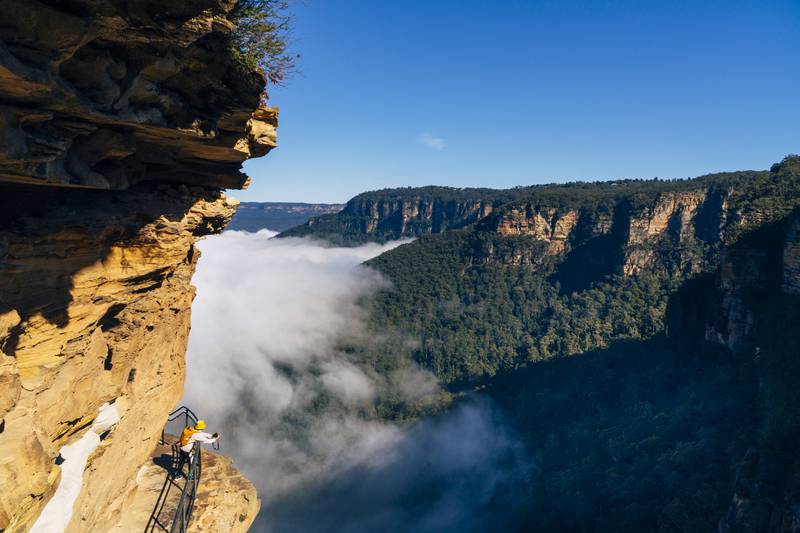
Each year, more than 100 people have to be rescued after being injured or going missing while hiking in the Blue Mountains of New South Wales.
Blue Mountains National Park features miles of trails for hikers and mountain bikers and is also a popular natural playground for adventurers who enjoy extreme sports such as rock climbing and abseiling.
But perhaps because of its proximity to urban areas, many tourists underestimate how wild and remote the Blue Mountains are. More than 100 people have to be rescued each year after being injured or lost while hiking there.
Remote Swimming Spots, Northern Territory
The Crocodile Dundee blockbuster trilogy fueled a tourism boom in the 1980s, with Australia attracting visitors keen to explore the outback wilderness, spotting crocodiles, sharks and snakes from a safe distance.
Unfortunately, keeping that distance isn’t always possible when tourists explore the untamed landscapes of the Northern Territory and Western Australia. Each year, an average of one person is attacked by a crocodile, which can grow up to 6 metres long and weigh more than 1,000 kilograms. Victims are often found while fishing or swimming in rivers.
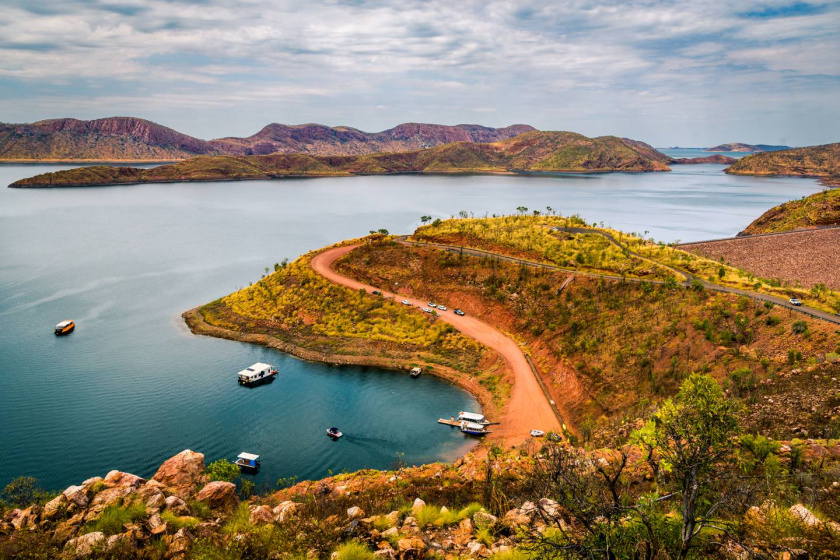
Lake Argyle is known as the jewel of the Kimberley in Kununurra, Western Australia.
Australia's heat makes these places attractive to tourists looking to cool off, and some are being flooded with overseas visitors, such as the spectacular Wangi Falls in Litchfield National Park in the Northern Territory.
A male tourist was attacked at the same location in 2017. Meanwhile, in May 2022, a female tourist was seriously injured when she was mauled by a crocodile at a popular tourist spot, Lake Argyle in Western Australia.
Great Barrier Reef, Queensland
Four times the size of the UAE, the Great Barrier Reef is the world’s largest coral reef system and is the ultimate destination on any visitor’s list to Australia. Like the above locations, there are dangers lurking in addition to the beauty of the reef.
It was here that renowned wildlife expert and “Crocodile Hunter” Steve Irwin died after being stung in the chest by a stingray in 2006. Although it was a truly rare occurrence, tourists often get into trouble when diving in this spectacular location.
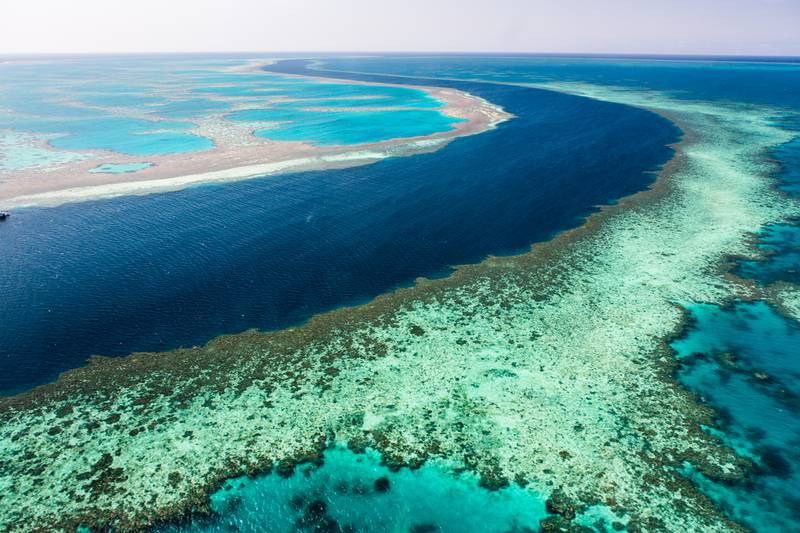
Tourists often get lost, drown or nearly drown at the Great Barrier Reef - one of Australia's most famous attractions.
In addition, boat accidents frequently occur, tourists get lost, drown or nearly drown in these waters, so Maritime Safety Queensland has dozens of volunteers assigned to carry out rescues on the reef.
Mount Augustus, Western Australia
Uluru, or Ayers Rock, is an Australian icon and a UNESCO World Heritage Site. Although not as well known, Mount Augustus is Australia's largest monolith, twice the size of Uluru.
Unfortunately, some visitors who climb or surround Mount Augustus underestimate its rugged terrain, harsh weather and extreme isolation. In summer, temperatures can reach 47 degrees Celsius. The 715-meter-high monolith is located about 850 kilometers north of Perth and more than a five-hour drive from the nearest hospital.

Travelers who climb around Mount Augustus are often underestimated by its rugged terrain, harsh weather, and extreme isolation.
In 2020, three people died on Mount Augustus after getting lost. Visitors to the monolith are warned not to hike alone. But having company can be deadly, as happened in September 2020 when an elderly couple died on Mount Augustus. In the weeks that followed, another elderly hiker survived after getting lost.



























